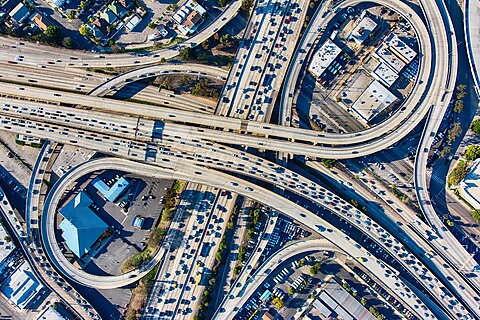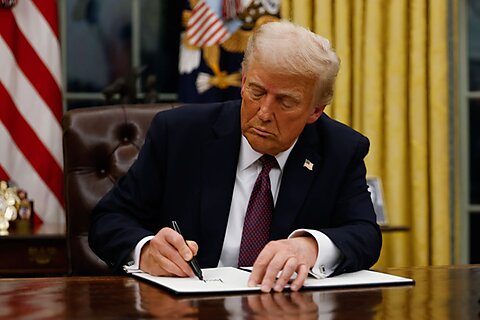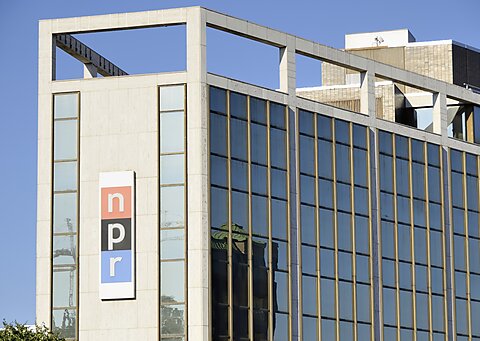
Like many other fiscal conservatives, I often criticize the large and growing government subsidies to transit. The very active transit advocacy community on X often responds: “How about government subsidies to driving?” Although the initial reaction might be “What subsidies?” the issue is worth investigating because road financing in the US is complex. And if the cost of road infrastructure is not, in fact, fully covered by the various taxes and fees drivers pay, it is worth questioning the resulting subsidy to drivers.
Subsidizing any form of transportation raises both normative and efficiency issues. Compelling taxpayers to finance mobility is unfair to those who prefer to stay close to home and increases such negative externalities as pollution and congestion. With the advent of the internet and smartphones, many tasks that used to require travel (including getting to work) can often be performed from home.
Further, individuals can choose to live in walkable or bikeable communities, avoiding the need to use motorized transportation to reach shopping, dining, educational, and recreational destinations (although paved, non-tolled sidewalks and bike lanes are also subsidized).
Having established that subsidies for driving are undesirable, we’re left with the question of whether such subsidies exist. In this post, I will specifically look at driving-related government revenues and expenditures in California.
Historical View
A look back into history shows that California did subsidize driving at the beginning of the automobile era, but the current situation is murkier.
In the decades after California became a state in 1850, dozens of companies were incorporated to build and maintain toll roads. But late in the nineteenth century the counties, and then the state, took over the private toll roads and made them free at the point of use.
California’s first state-maintained road was a portion of what is now US 50 in the Sierras. The “Lake Tahoe Wagon Road” had been privately operated and maintained until 1886 when El Dorado County purchased it and eliminated tolls. Then the State of California acquired the road in 1896.
In 1910, California voters approved (by a relatively narrow 54 percent-46 percent margin) the first State Highway Bond Act, which authorized the state to borrow $18 million to construct 3,052 miles of state highway. Voters authorized another $15 million of highway bonds in 1916. At first, the state borrowed to build its highway system using general revenues to repay principal and levies to pay interest. It was not until 1923 that California enacted a gasoline tax of two cents per gallon.
But gas taxes were not enough to cover the costs of building and maintaining roads around the state. For example, in fiscal year 1949 the California Division of Highways collected $939 million in gas taxes but its expenditures totaled $1,258 million. Most of the difference was offset by federal aid, funded by the federal gas tax; but, to balance its budget, the Division also received state general funds and proceeds from issuing bonds.
In recent decades, California has sharply increased its gasoline tax, from six cents per gallon in 1963 to sixty cents per gallon today, with some of the proceeds redirected to transit. At the same time, the cost of building and maintaining roads has increased sharply.
Looking at Today’s Data
To determine whether the government is still subsidizing California drivers today, Krit Chanwong and I reviewed a variety of local, state, and federal disclosures for the 2022–2023 fiscal year. We used actual figures when available but were sometimes obliged to use budgeted amounts due to lack of sufficiently detailed actuals.
There are five main sources of driving-related revenue:
State-level taxes: California levies a sales tax and an excise tax on both gasoline and diesel. For gasoline, the state sales tax is 2.25 percent, and the state excise tax is $0.596 per gallon. In FY2022-2023, these state-level taxes brought in approximately $8.7 billion.
State-level fees: California charges multiple fees to consumers. These include the motor vehicle registration fees and the transportation improvement fee (a $25-$175 fee when registering a vehicle). In FY2022-2023, these fees accounted for approximately $3.2 billion in revenue.
Local Government Revenues: These are additional local fuel sales taxes, and local fees (such as those charged for parking). In FY2022-2023, local sources brought in $1 billion.
Toll Revenues: California has multiple agencies that collect tolls for bridges and express lanes. These entities collected approximately $1.2 billion net of operating expenses in FY2022-2023.
Federal Gas Tax: On top of California’s gas taxes, the federal government also levies an excise tax of $0.184 per gallon for gasoline and $0.244 per gallon for diesel. We estimated that this brought in $3.2 billion.
California state government driving-related spending can be divided into four major categories:
State Highway Operations: This category accounts for around $6 billion in spending. This money is spent on new capital project design and maintaining state highways.
Local Assistance: California spends approximately $3.2 billion to help maintain, build, and plan roads in California’s many cities and counties. We excluded the average annual budget authority for the Active Transportation Program (of around $100 million in both federal and state funds annually) from these calculations because that program focuses on bike and pedestrian infrastructure.
Capital Outlay: This category accounts for around $5 billion in spending. This is used to acquire land and for building and widening roads.
Electric Vehicle Rebates. Federal and state incentives for drivers to buy EVs totaled almost $500 million.
Apart from the above spending categories, cities and counties also spend around $9.2 billion on streets and highways. To avoid double counting, we subtracted $3.2 billion of state aid from this total, yielding a figure of $6.0 billion for local spending.
Our final accounting can be found in Table 1 below.
Our finding is that driving-related expenditures exceed revenues by over $3 billion (A more detailed breakdown of revenues and expenditures can be found here and here). So, in California, assertions by transit advocates that driving is subsidized appear to be empirically supported. Comparable analyses in other states may yield different conclusions.
Although subsidies for driving are smaller than those for transit, they nonetheless merit criticism from those of us who believe in small government and fiscal responsibility.



